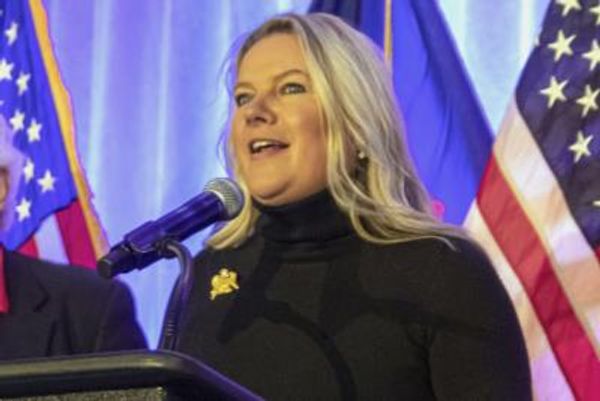
Concerns are mounting around Carvana, the "Amazon of used cars."
The company was an investor darling during the pandemic. They hailed the new economy that wanted consumers to buy everything online: groceries, office equipments, travel tickets, meals, clothes, homes and cars.
Carvana (CVNA) was a pioneer in the new way of buying and selling vehicles with its model of car vending machines.
The group also benefited from disruptions to vehicle manufacturers' supply chains, which had caused a large imbalance between supply and demand for cars at the expense of supply. As a result, car prices had jumped sharply, so that the prices of used vehicles were competitive with those of new vehicles. Interest rates were also close to zero, which had a double advantage for Carvana. It was easy to finance the purchase of a vehicle for consumers and Carvana could also tap into the debt market to finance its expansion. The company thus went into debt five times during the pandemic.
But the situation has turned against Carvana, which is now facing a perfect storm. Interest rates have risen rapidly, making car financing more expensive. Supply chain problems remain, while 40-year high inflation threatens to push the economy into recession, making consumers more cautious.
Stock Keeps Falling
As a result, rising interest rates should make consumers reevaluate their shopping habits before quickly jumping into a car loan, said car shopping experts at Edmunds.com.
"The last time interest rates were this high, consumers could at least rely on lower vehicle prices and a greater range of inventory to soften the blow. That simply isn’t the case in this market," said Jessica Caldwell, Edmunds’ executive director of insights.
The average transaction price for a used vehicle dipped to $30,045 in October 2022 compared to a peak of $31,095 in April 2022, but still represents a 4.7% year-over-year increase compared to October 2021, Edmunds says. The average annual percentage rate (APR) for a used vehicle purchase climbed to 9.6% in October 2022 compared to 7.4% in October 2021, which is the highest since February 2010.
CEO Eric Garcia admitted last week that Carvana had misread market developments.
"We failed to accurately predict how this would all play out and the impact it would have on our business. As a result, we find ourselves here," Garcia told employees in an internal memo in which he announced cuts of 1,500 jobs, or 8% of the company's workforce. This is the second wave of job cuts after the elimination of 2,500 jobs in May.
But investors do not think the cost cuts will be enough to revive the group, which saw its net loss widen to $283 million in the third quarter from $32 million in the same period a year earlier. This is the message they are sending by liquidating the Carvava share. The group's share price fell 13.71% to $6.95 on November 21. This resulted in a drop in market value of $200 million between two trading sessions.
Since the beginning of the year, Carvana shares have lost 97% of their value, representing a loss in market value of $40 billion.
Raising Cash?
"With a deteriorating outlook, cash burn will remain high and liquidity will deteriorate," Wedbush analyst Seth Basham wrote in a note to clients. He believes that Carvana burns cash too fast due to adjusted EBITDA losses as well as high interest payments.
The company will then likely raise cash in the coming months, likely through sale-leasebacks or outright sales of its about $2 billion of owned real estate, to finance its business through 2023.
S&P Global Ratings has warned that it was likely to downgrade Carvana in the near term, changing the outlook from stable to negative.
"GPU [gross profit per unit] is expected to remain weak due to higher used car depreciation rates and lower returns from selling loans and other products," said the rating agency. "Carvana generates over 50% of its GPU from selling loans and other products. With rising interest rates, it is more difficult for Carvana to compete with the large banks that can keep loan rates low, which will reduce the number of loans allocated to Carvana."
But Garcia ruled out the option of raising capital on Nov. 3.
"Our goals are going to be on driving down expenses and trying to get positive EBITDA as quickly as we can," he told analysts. "We've got a bunch of committed liquidity. We've got a bunch of real estate. And I think that we feel like that puts us in a good position to ride out this storm. And we're making great moves inside the company."
EBITDA refers to earnings before interest, taxes, depreciation and amortization, which helps investors to gauge the financial health of a company.
The company reported $316 million in cash and cash equivalents as of Sept. 30, down from $403 million as of Dec. 31.
Carvana did not respond to requests for comment from TheStreet.







